- Telephone
- Check Availability
- Open Menu
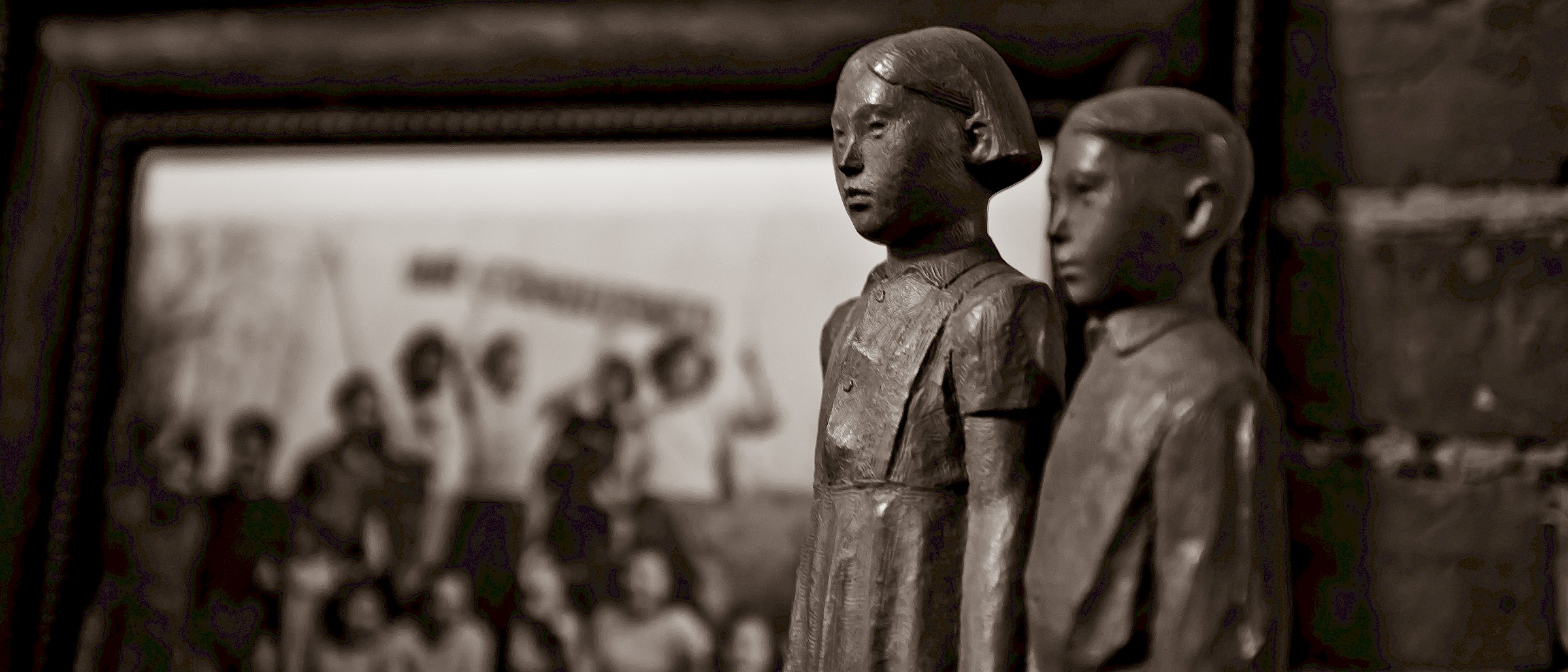
“Since it was within the St. Eugene Mission School that the culture of the Kootenay Indian was taken away, it should be within that building that it is returned.” - Elder Mary Paul
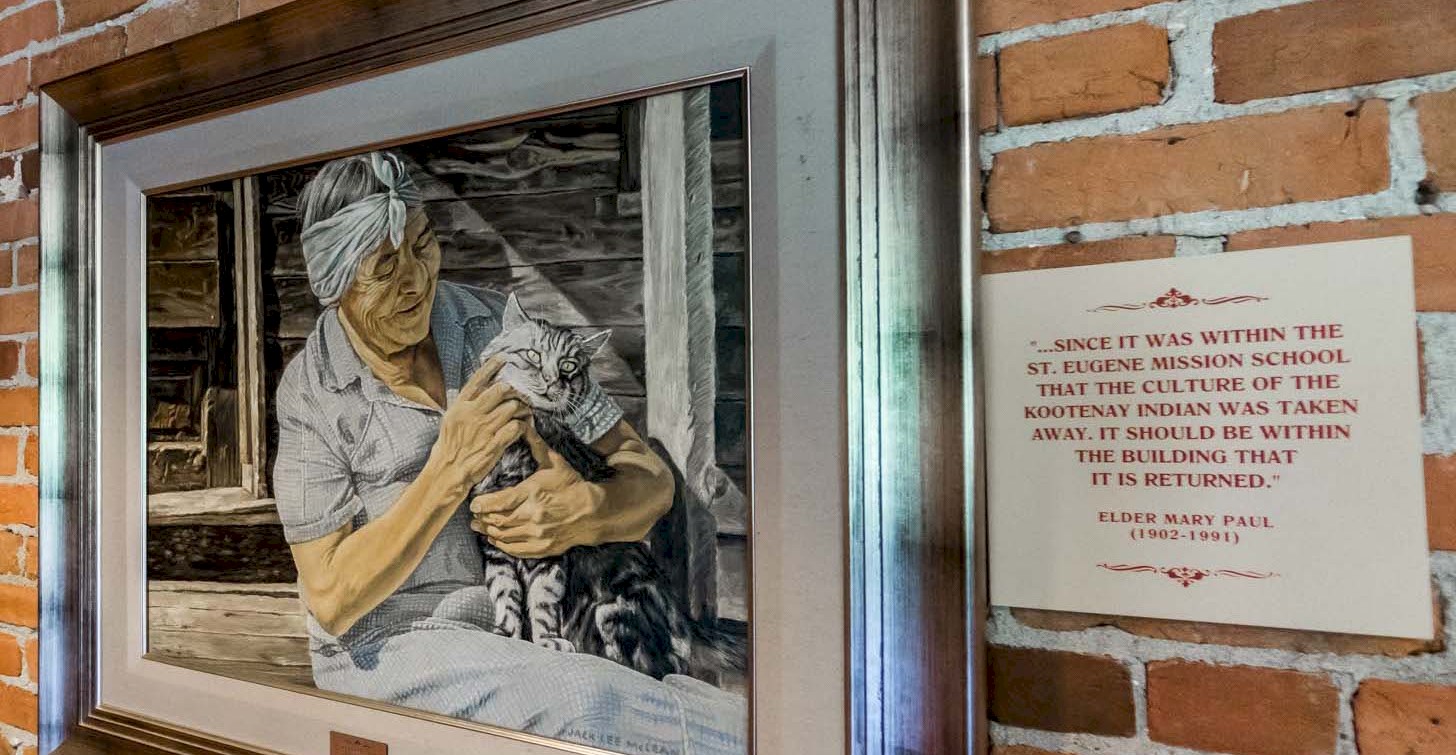
With the arrival of the Europeans in the late 1800s, everything changed for indigenous people. Settlers seized the land, laying claim to resources along the way. Colonization led to the establishment of Indian Reserves, a significant decline in indigenous populations, and the creation of the present-day First Nations Bands. The boundary that now delineates the countries of Canada and the United States sliced right through our Ktunaxa traditional territory. Where before we had been one large Nation, we were now fragmented into six Indian bands, who all spoke the same language, with four in what is now British Columbia and two in the United States.
The four Canadian Ktunaxa bands are located adjacent to the Kootenay River, the Columbia River and the Arrow Lakes. They include:
Additionally, the Shuswap (Secwepemc) Indian Band settled in the Kootenay territory in the mid-19th century and became part of the Ktunaxa Nation. They separated from the Ktunaxa Nation in 2004.
The American Ktunaxa bands are:
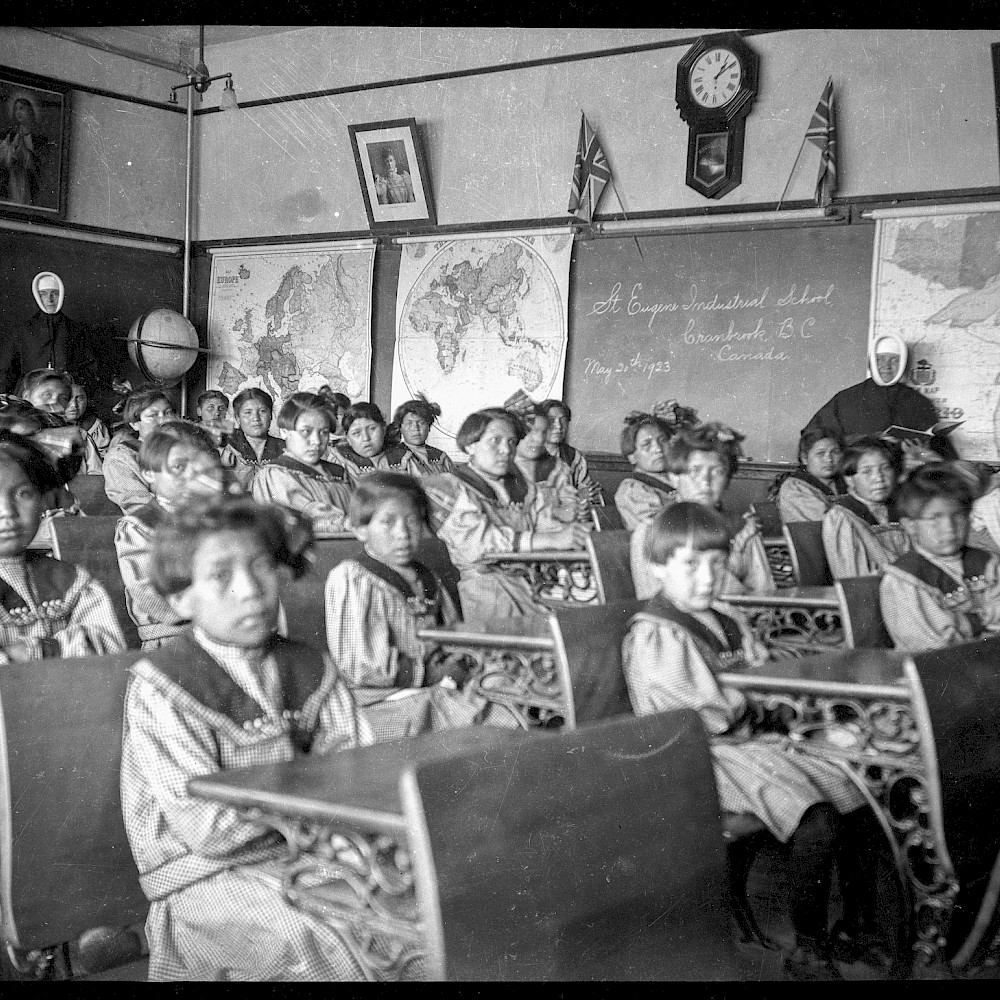
One of the government acts that continues to have a significant impact today was the establishment of residential schools. More than 130 schools were built and operated across the country, including one in the Ktunaxa territory.
The schools were part of a policy to assimilate Indigenous people into the non-Native population. This included attempts to extinguish Native language, spirituality and culture. The Truth & Reconciliation Commission has since called the government policy and actions at this time “cultural genocide.”
In 1873, the Oblate Order founded the first mission in our region at the St. Mary’s Band, north of Cranbrook. A school was built but never used due to the inability to secure a principal. A second residential school stood near the St. Eugene Church and was opened in August of 1890. Father Coccola was the principal and the Sisters of Providence provided the staffing for a student body of 12 boys and 15 girls.
In 1893, the ability to finance additional Mission buildings and activities improved significantly with the discovery of a rich body of ore by Pierre, a Ktunaxa First Nation member. He brought a sample of galena to Father Coccola and the two staked claims above the town of Moyie. Father Coccola sold the claim for $12,000 and constructed the St. Eugene Church (prefabricated in Italy) in 1897, which graces the Mission area today. Within 10 years, the newly-founded St. Eugene Mine produced more than $10 million in revenue and gave the Consolidated Mining and Smelting Company (later Cominco, today Teck Resources) its start.
In the late 1890s, Father Coccola was approached by the Canadian Pacific Railway to develop a hospital at the St. Eugene Mission. The facility grew to meet demand and by the time the railway construction was complete, it served as a regional hospital. The hospital and staff moved to Cranbrook in 1901.
With the infusion of capital, the Mission became a large self-supporting complex, milling its own grain in the first flour mill in the region. In 1910, the Canadian government funded and constructed the red-brick Kootenay Indian Residential School. It opened in 1912 and forms part of St. Eugene Resort today.
Operating as a farm school, the Sisters of Providence served at the Mission until 1929 when they were replaced by the Sisters of Charity of Halifax who arrived in 1936, and remained until the school closed in 1970.
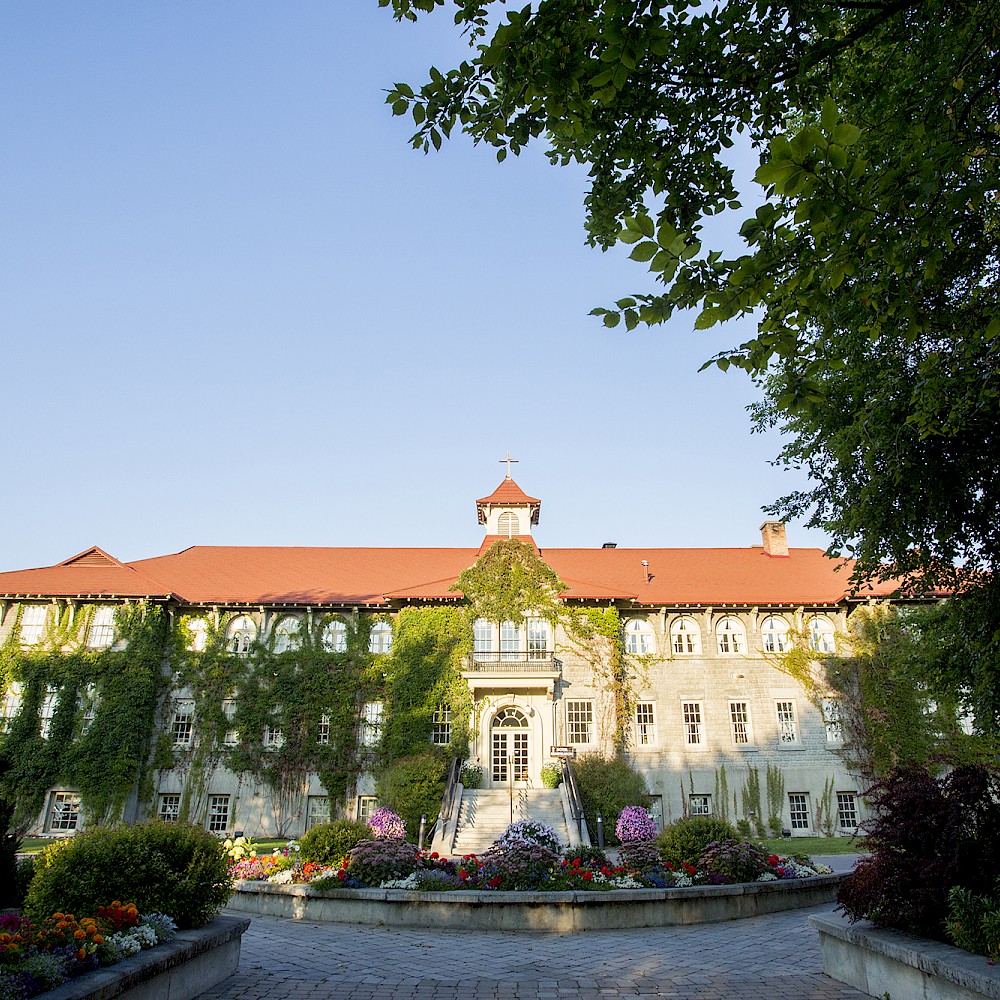
In 1973, the British Columbia government leased the Mission with the intent of turning it into a facility for psychiatric care. The building was stripped of its historic fixtures and artifacts, however, after spending $750,000 on renovations, the project was abandoned. The following winter, the pipes burst, flooding the building and causing severe damage. For the next 20 years, the building remained empty and abandoned, a constant reminder to the Ktunaxa people of a dark period in our history. But from the darkness, a new light began to shine.
“You lose something only if you refuse to pick it up again.”
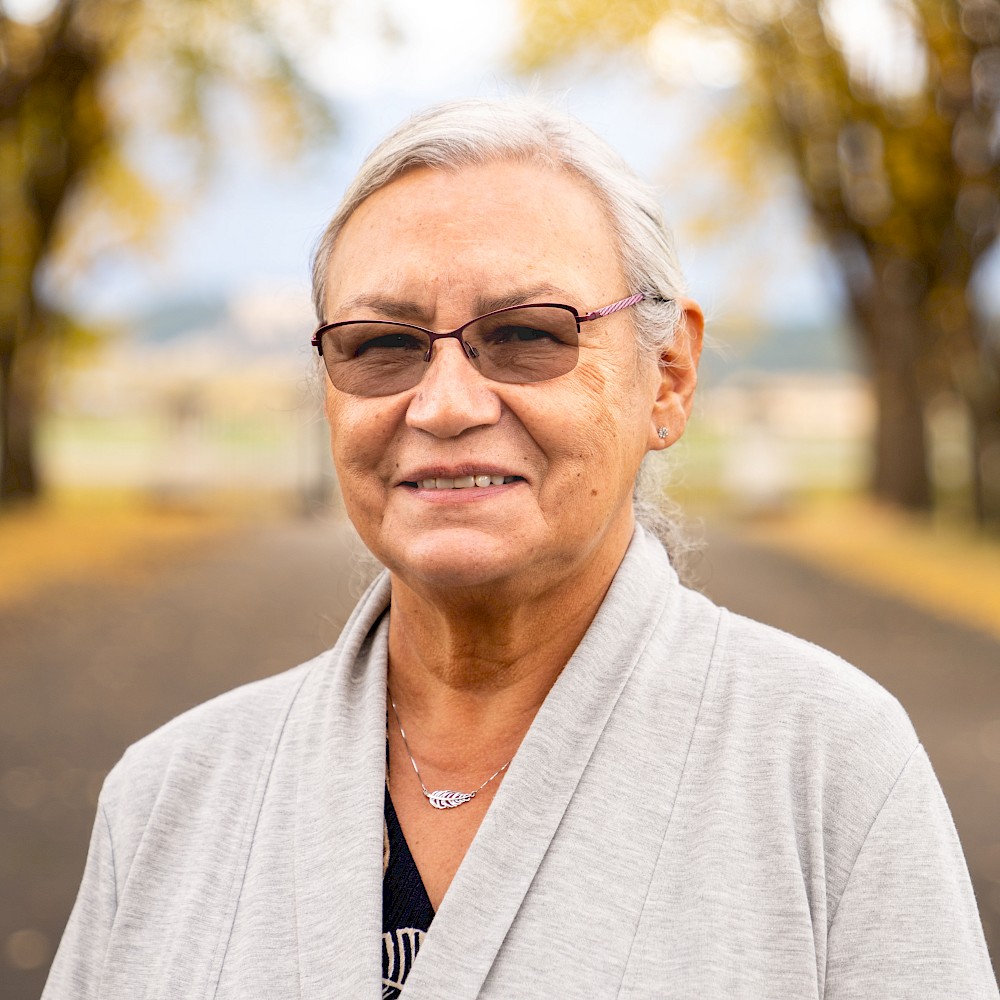
In 1992, inspired by the powerful words of Elder Mary Paul, former Chief Sophie Pierre began the journey to reclaim the Mission building. Chief Pierre has been a dedicated driving force in reclaiming our heritage and the creation of St. Eugene Resort. As a past attendee of the Mission residential school herself and a recipient of the Order of Canada, Chief Pierre continues to be an inspirational leader who has been recognized for her role in the British Columbia treaty process and her commitment to the economic development of the First Nations.
We began our lengthy healing process with family visits to the school, ‘kitchen table’ talks, and two years of discussion with over 1,500 members of the five bands who share 130 hectares of reserve land. Although some wanted to eradicate the building, a referendum was ultimately held and all bands voted overwhelmingly in favour of restoration.
Following the referendum, it took 10 long years to restore the Mission Building and develop the surrounding Resort. Federal job development money allowed band members to learn valuable skills while we gutted and restored the school, stripping the interior back to its original red brick walls.
In June 2017, St. Eugene Resort became solely owned by the four Canadian Ktunaxa bands and the Shuswap Indian Band. Our 18-hole championship golf course opened in May 2000 and the Casino of the Rockies opened in September 2002. Our resort fully opened its doors in January of 2003. We also expanded in 2018 to include an RV park.
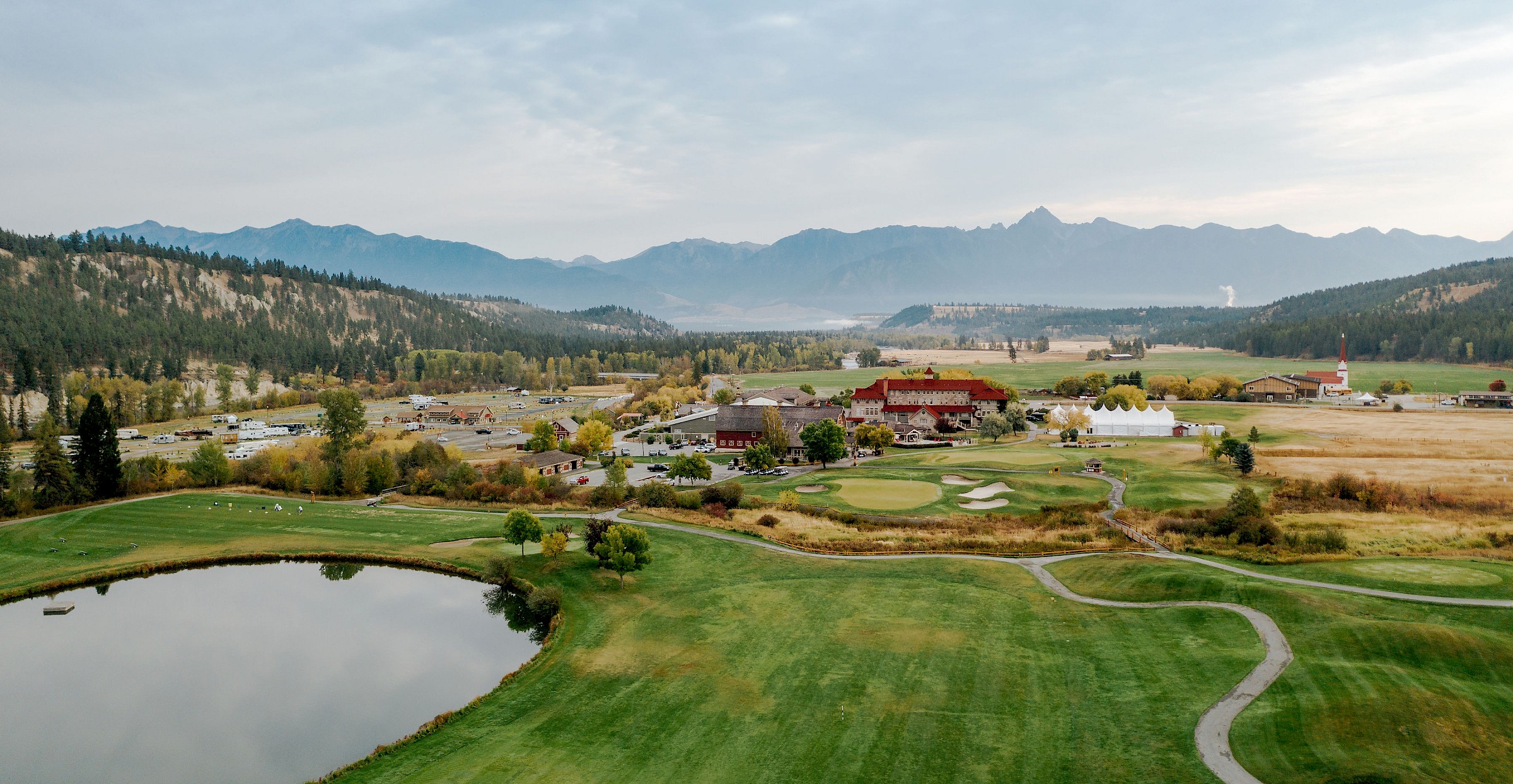
We believe in transformation and our ability to overcome adversity. We do not believe in hiding the past, rather we encourage the education of it. The story of St. Eugene Resort shows the resilience of the Ktunaxa people to come full circle and return to our roles as stewards of the land, looking to the future but never forgetting the past.
To our knowledge, this is the only project in the country where a First Nation reclaimed a former Indian residential school and turned it into an economic engine and resort for future generations to enjoy.
“We’re creating new memories for our children.”
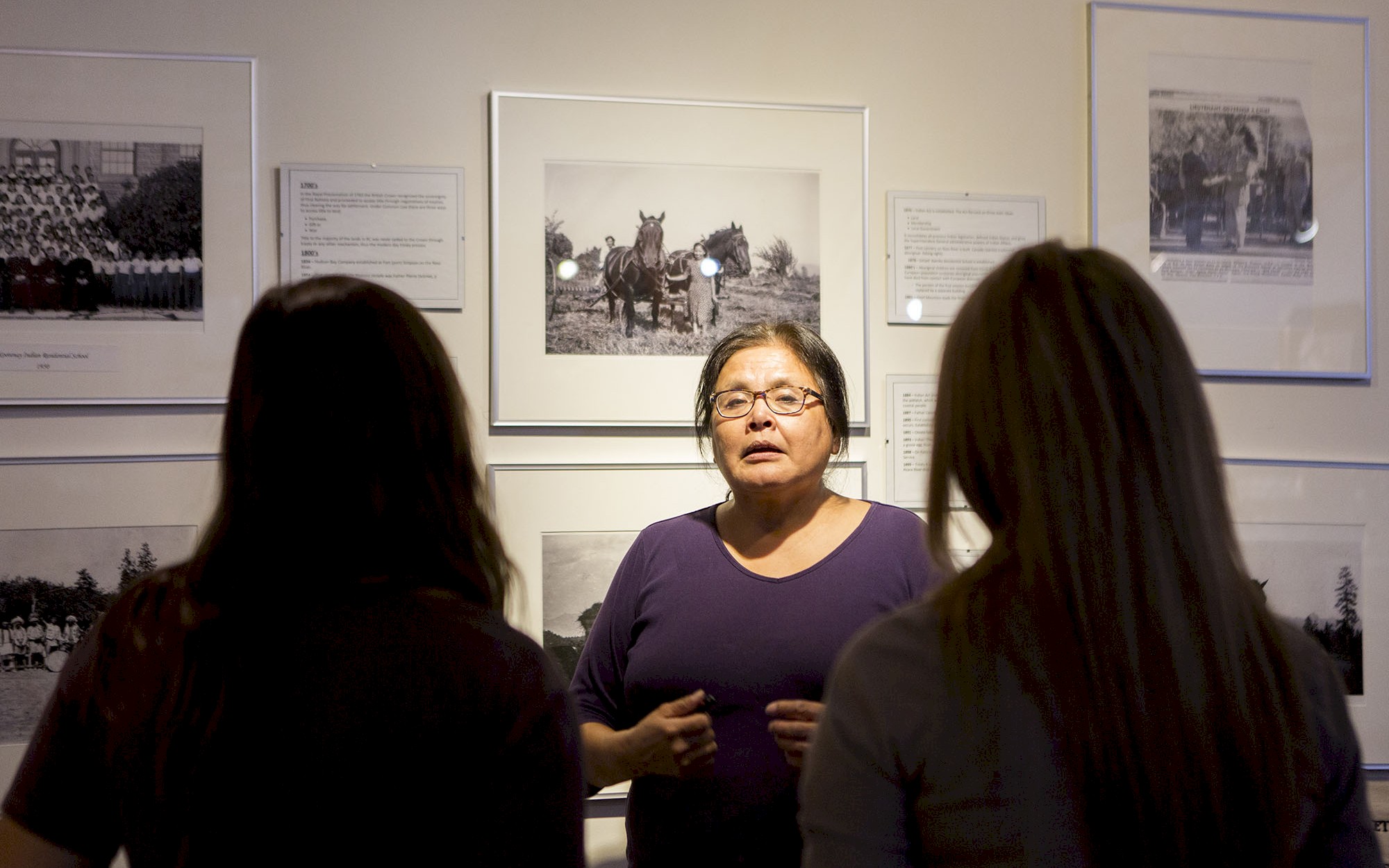
The Interpretive Centre is where the Ktunaxa people come together to give visitors a taste of our rich heritage, history and culture.
Discover More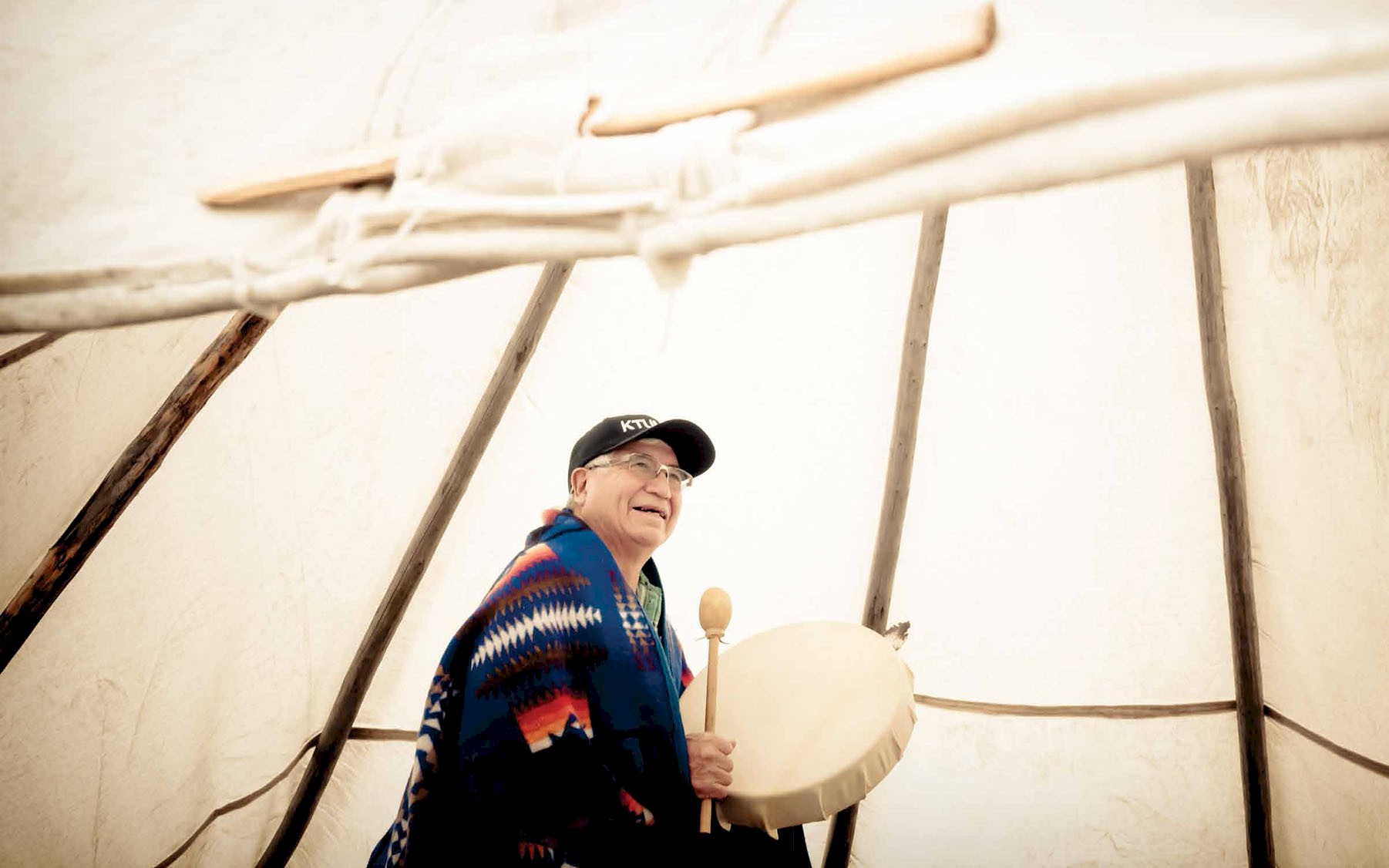
The Ktunaxa (pronounced “k-too-nah-ha”) people have occupied the lands adjacent to the Kootenay and Columbia Rivers as well as the Arrow Lakes of British Columbia, Canada for more than 10,000 years.
Learn More